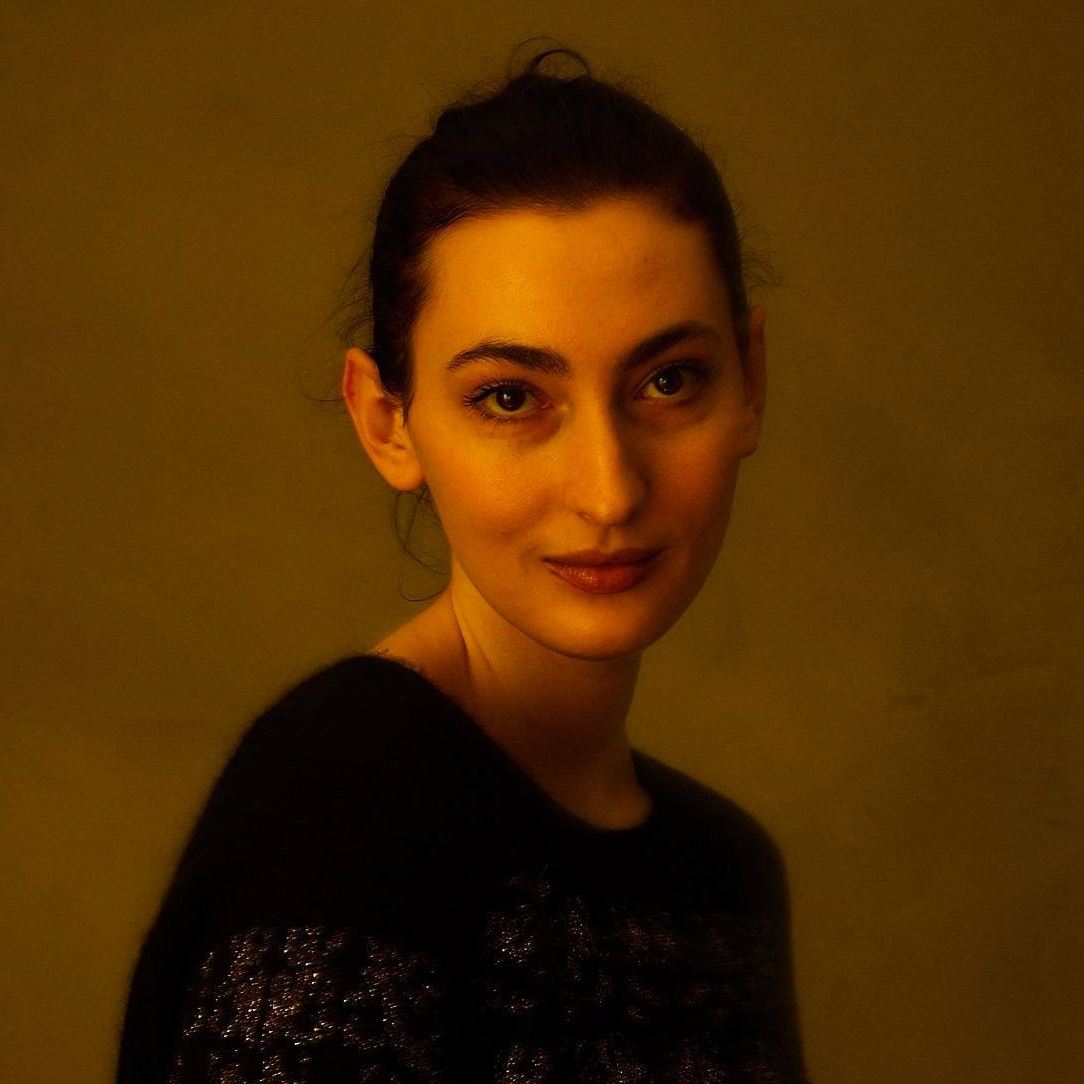Portrait of Ellen MD (Modern Royals) (20111001) © Valérie Belin, courtesy of the artist and Nathalie Obadia Gallery
What is the purpose of a portrait in the year 2022? At a time when cell phone cameras are omnipresent, there’s hardly anyone who ...

Portrait of Ellen MD (Modern Royals) (20111001) © Valérie Belin, courtesy of the artist and Nathalie Obadia Gallery
What is the purpose of a portrait in the year 2022? At a time when cell phone cameras are omnipresent, there’s hardly anyone who ...



You’re getting blind.
Don’t miss the best of visual arts. Subscribe for $9 per month or $108 $90 per year.